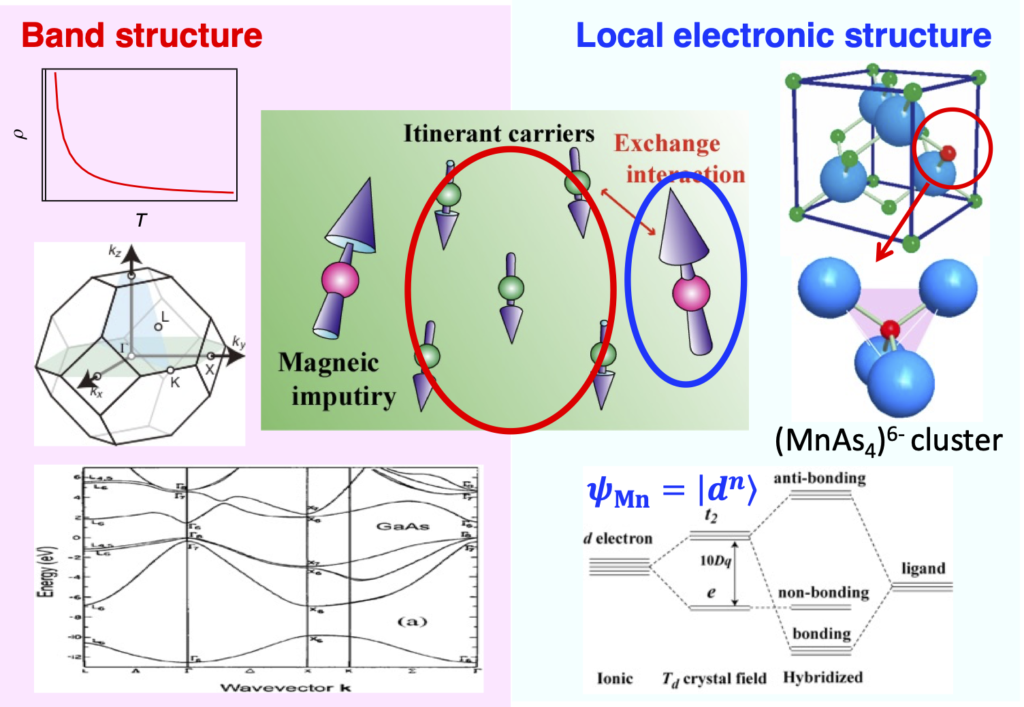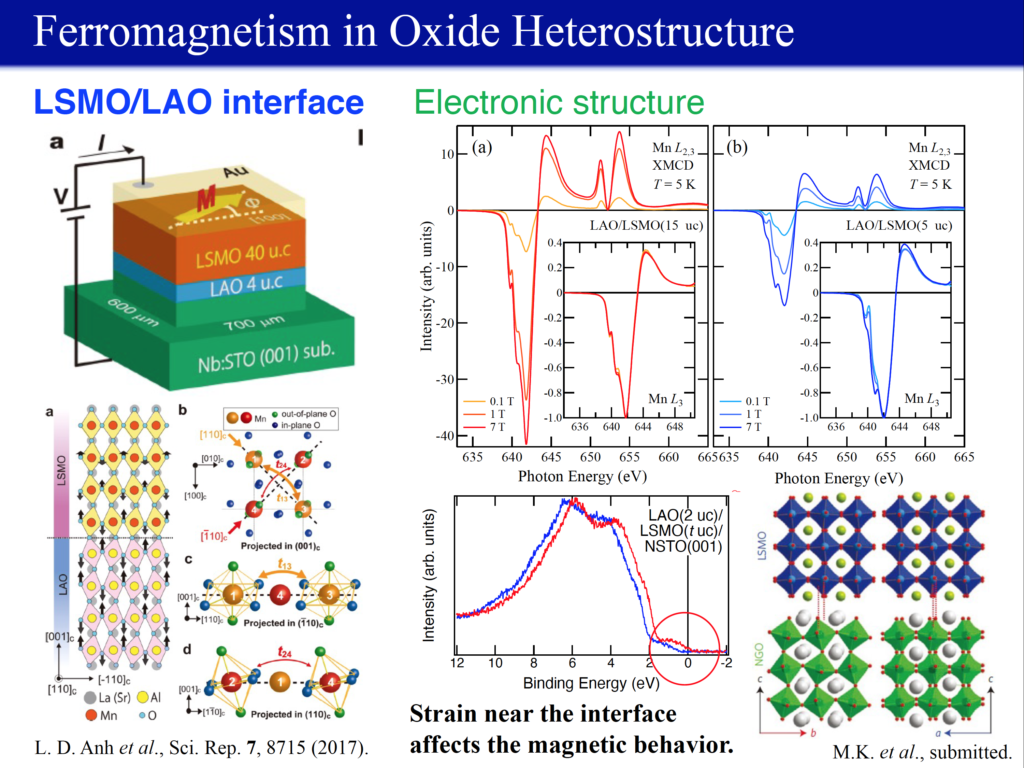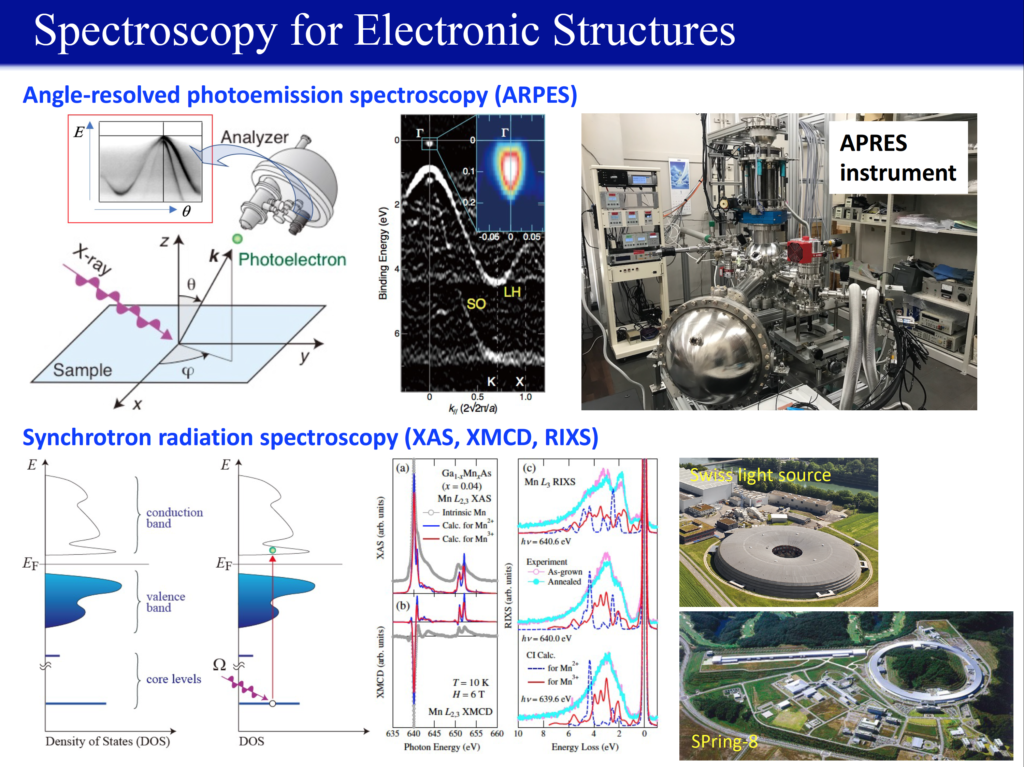
KOBAYASHI Masaki Associate Professor
Hongo Campus
Nano Physics & Device Technology
Thin film/Surface and interfacial physical properties
Electronic materials/Electric materials
Condensed matter physics
Quantum beam science
Elucidation of new electronic materials and spintronic substances due to X -ray spectroscopy
Understanding the mechanism of physical properties can provide clues to the creation of substances that are desired to improve the quality and application of materials. Kobayashi (Ki) Laboratory is conducting basic research using electronic status analysis using radiation empty lighting light for the purpose of elucidating the physical properties of functional electronic materials and device structures.
Research field 1
Ferocious semiconductor

The magnetic semiconductor is a system that adds magnetic elements (mainly 3D transition metals) to semiconductors such as GaaS and TIO2 with a concentration of a few percent, and shows the properties of semiconductors and magnetic properties, and is a key substance in spintronics. 。 The laboratory is conducting research to elucidate the physical causes of carrier -induced ferromagnetism by examining the electronic state of magnetic semiconductors using radiation light spectroscopy (light electronic spectroscopy, X -ray magnetic circular duality, etc.). 。
Research field 2
Transition metal oxide

Oxides have high thermal stability, and have attracted attention as a substance that has the potential to replace conventional semiconductor materials, and research aimed at oxide electronics is being actively conducted. The laboratory aims to elucidate quantum properties by analyzing electronic state -in -structure of transition metal oxide device structure.
Research field 3
X -ray spectroscope

We study the electronic state of the substance using a radiation facility that can use high -brightness X -rays and a spectroscopy using a laboratory light source. In the radiation optical facility, a bright and squeezed X -ray can be used in a wide range of energy, and radiation light is an ideal light source for electronic structural analysis. In the lab, the electronic structure of the substance is examined by combining radiation spectroscopy and optical electronic spectroscopy.